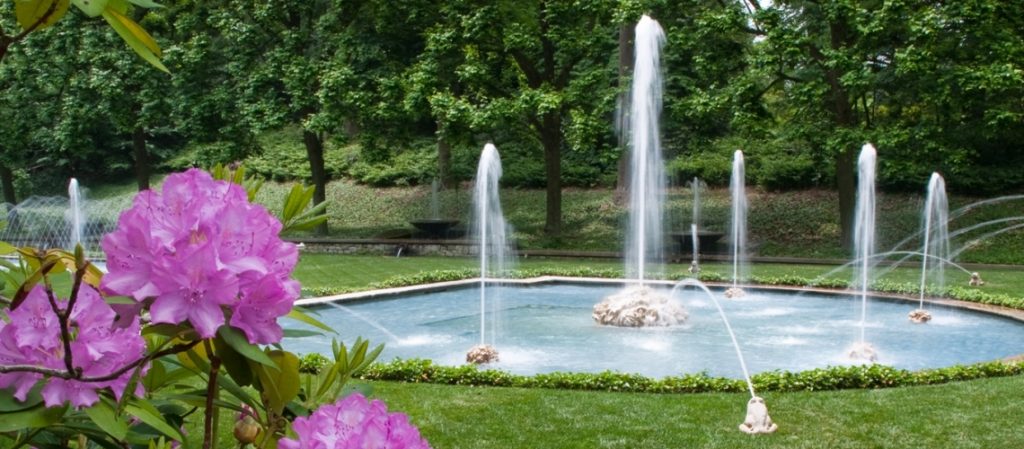
Our friends at https://www.poolservicenrh.com/ remind us that in order to get your pond set up to have an enjoyable season, there are a few things that need to be done. It’s important to pay attention to them, and do them properly, so as not to harm your fish and plants. If you don’t have fish, not all of the steps will apply, but the ones that apply to fish are quite obvious.
Here’s the 10 steps:
- Clean up the area around your watergarden. Rake around the area to clear it of sticks and other debris that can get into your pond and cause problems. It’s also time to remove any netting that you used to cover the pond for the winter.
- Remove any debris from the pond. Any floating leaves or other debris needs to be removed so that they don’t start to affect the chemical balance of your
watergarden . You can use a skimmer net to remove anything floating on the surface that doesn’t belong. - Clean and replace water plants. Take a look at the plants you have as a part of your pond ecosystem. Any plants that were moved and winterized over
need to be placed back in their proper spot. Remove any dead branches, leaves, or flowers. If you had any plants die over the winter, it’s time to get them replaced with new ones. It won’t be long before it will be time to start fertilizing them, but that won’t be for another couple of weeks. - Change the water in your pond. There’s some debate about this, but the best information I can find is that this is a good time to check your water. If you notice just a small amount of sludge or other water issues, changing between 1/4 and 1/3 of the water should take care of that and get your water back in line. If you notice extreme sludge (over 1?), there’s something else going on with the ecosystem, so a 100% water change is a good idea. It’s better to resolve these issues now than to spend a significant amount of time and money trying to locate a larger problem later in the season.
- Check filters and reconnect pumps. It’s time to take a look at your filters. If you didn’t clean or replace the filter pads in the fall when winterizing your water garden, that should be done now. Replace old and worn filter pads, and clean those that still look to be in good shape. It’s not recommended to start your pump up until the water temperature gets over 50 degrees as your fish will remain mostly dormant until that point. You also don’t want your pump running full blast while your fish are just coming out of winter hibernation as they’ll still be weak
. - Test the water quality. After changing out the water, you should check the chemical balance of your water to get it back into and keep it in the optimum chemical range. Doing this will ensure a strong and healthy ecosystem for your pond
. - Add water treatment products. Now is a good time to add some barley straw extract to keep your water clean and clear. A water clarifier will help if you have cloudy water by causing the suspended particles to clump together so they can be skimmed off of the surface with a net. Getting your water clean and clear now will make it easier to keep it that way as the season progresses
. - Perform ultraviolet (UV) light maintenance. If you have a UV light in your filtration system, the bulb should be replaced once a year. If it hasn’t been done, it’s time. You should also clean the sleeve that houses the bulb. Once this is done, you should leave the light off for 48 hours to allow the beneficial bacteria to colonize in your pond
. - Prepare for the return of predators. As your fish become more active, so do their natural predators. Stringing line across your pond can help keep the birds away. A fake standing heron or alligator is a great deterrent as well. A straight drop-off at the edge works for raccoons, as they love shallow shelves to walk around on. Another great idea is to have a motion-activated sprinkler head that will spray when it senses motion. Taking a few simple steps will prevent your pond from becoming an open buffet for the natural predators of your fish
. Begin feeding your fish. Wait until the water temperature is over 50 degrees, and then start feeding lightly until the water temperature gets up to about 65 degrees. This is a great time to take a look at your fish for things such as red fins, fins full of veins, excessive mucus production, lethargy (not to be confused with slow movement as they come out of dormancy), wounds or scratches, gasping at the surface, or congregating at the waterfall. Be careful howyour treat your fish as they’ve been dormant and their immune system is weak.
Following those steps will get your water garden ready for the coming season. Doing a little bit of work on the front end will save you time, money, and frustration throughout the rest of the season.
